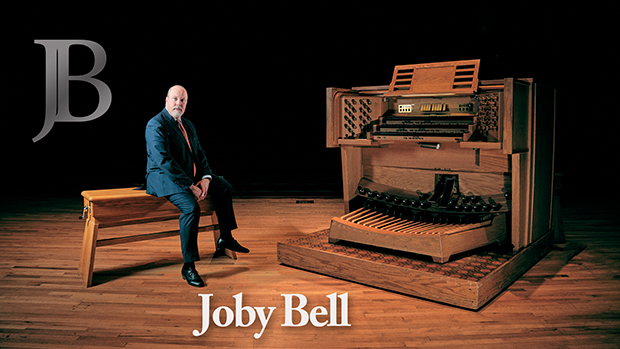I deeply regret what COVID has done to our public gatherings, and I sympathize with those students who didn't get to 'walk' during Commencement ceremonies last May and likely won't this coming May. Our Commencement exercises for the Hayes School of Music at Appalachian State are intimate and enjoyable. I always enjoy being part of a smaller exercise than with the cattle call for the other units across campus.
Every large college unit at this university holds its own Commencement ceremonies in the large multi-purpose arena across campus. There are therefore seven separate ceremonies across three days each spring. However, the School of Music holds our ceremonies on our own stage, in our own building, with yours truly providing prelude and processional music on the mighty Casavant. On the surface, I love it; I love the intimacy; I love being in our own house, seeing our own graduates walk by on the stage where they performed, being able to hear each one’s name, and watching them shake paws with our administration as we send them forth.
But of course, for some musicians like me, there are flaws, and I was glad, frankly, not to have to deal with them last year. See here for additional posts. And now see below:
At each ceremony across the entire campus, the crowds stand and sing “Simple Gifts.” What in the world for? Why does “’Tis the gift to be simple…” need to be sung in such a setting?
Answer: it doesn’t.
The text is problematic. "'Tis the gift to be simple...come down where we ought to be...when true simplicity is gained...turning, turning, we come 'round right..." Most of that is archaic, and it refers to imagery and concepts that no longer apply in our particular society. And life is not simple if you’re a college student, and we should stop saying it is or that it should be. I always cringe and fold into myself while accompanying that tune each year, always asking myself, “What does this MEAN? Aren’t there other, more suitable, affirming tunes and texts we could be singing en masse each year? Why am I seated at the world's most complex musical instrument, playing a song about simplicity, with a gathered group who find simplicity too sensational to pursue at face value?”
The local love affair with the Shaker tune apparently comes from the tune's appearance in Aaron Copland's ballet Appalachian Spring. But that is problematic. In 1944, Copland had the entire score written and orchestrated, but he still had no title. Choreographer Martha Graham suggested a title. I can picture it now: “Aaaaaron, behbeh, why dontcha cawl it aaaapp-uh-LAYTCH-un spring?” [Complete with mispronunciation of ‘Appalachian,’ I'd bet. If you're puzzled by that, see here.] And Copland bought it. And the name stuck. And someone at what was then called Appalachian State Teachers College must have thought what a nice idea it would be to sing that tune for our purposes here. Just from self-associating with one word in Copland’s completely after-thought and externally-suggested title? Sorry, but Copland didn't write Appalachian Spring for us here.
The tune is problematic. Each year, I send in my titles for processionals, and each year, the program proof comes back reading “Simple Gifts, trad., arr. Harbinson.” Long-time faculty member and former dean Bill Harbinson arranged an accompaniment for the brass quintet to play in the arena for the other units’ Commencements. But for our ceremonies here with organ alone, I don't play that version. Each year, I have to remind my Associate Dean that “No, the version I play is not 'arr. Harbinson.' It’s more accurately 'trad., harmony improvised by Bell, melody adapt. Copland, melody further trainwrecked by audience.'” The audience tends to sing the rather altered hymnal version of the tune ("I danced in the morning"), while I play the original. And so this melodic train wreck perpetuates year after year. It’s a classic case of what happens when you don’t provide the notes to go along with the lyrics (hint, hint, screen-dependent churches).
I accept a lot of annoying realities, but this one refuses to get out from under my skin. This ‘tradition’ borne from ignorance makes us look like idiots to those who know. And now that you know, please don't think we're idiots. I'm working on it.
 Thursday, June 22, 2023 at 9:28AM
Thursday, June 22, 2023 at 9:28AM  Joby Bell | tagged
Joby Bell | tagged  Commencement
Commencement 